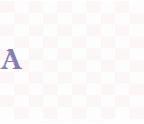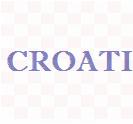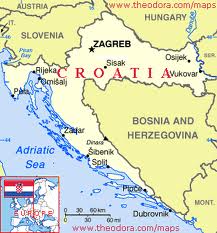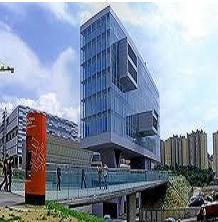Location: located in Central and Southeast Europe, bordering Hungary to the northeast, Serbia to the east, Bosnia and Herzegovina to the south-east, Montenegro to the south-east, the Adriatic Sea to the south-west and Slovenia to the northwest.
Population: 4.29 million
Area: Croatia covers 56,594 square kilometres
GDP: 80.983 Billion
Ethnic Groups: 89.6% Croats , 4.5% Serbs, 5.9% others and unspecified
Major Cities: Zagreb, Split, Osijek, Rijeka
Capital: Zagreb
Official Language: Croatian
Major Religion: Roman Catholicism
Currency: Kuna
Official Name: Republic of Croatia
Government System: unitary democratic parliamentary republic
Membership: United Nations, European Union, Council of Europe, NATO, Word Trade Organization, CEFTA and Union for the Mediterranean.
Import/Export: In 2010, Croatian imports were 110.3 billion kuna (€14.7 billion) with 64.9 billion kuna (€8.65 billion) spent on exports
President: Ivo Josipović
Croatia (Officially the Republic of Croatia) is divided into 20 counties and the city of Zagreb. According to Human Development Index, Croatia ranks high among Central European nations in terms of education, health, quality of life and economic dynamism and has a comparatively very high life expectancy, literacy, education, standards of living and income equality. The economy in Croatia is has been classified as emerging, developing, and high income according to the International Monetary Fund, and World Bank. The Croatian government controls a significant part of the economy, with government expenditures accounting for as much as 40% of GDP.











